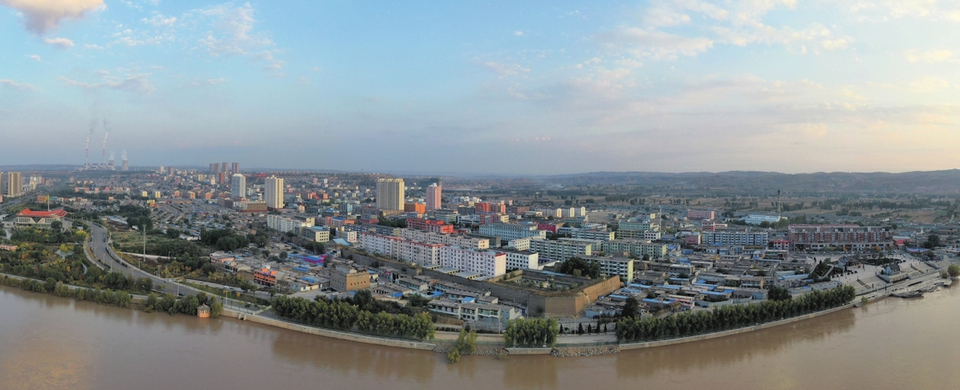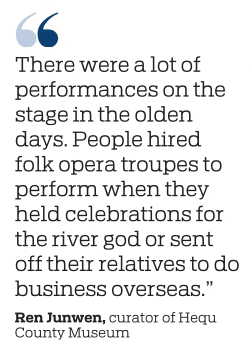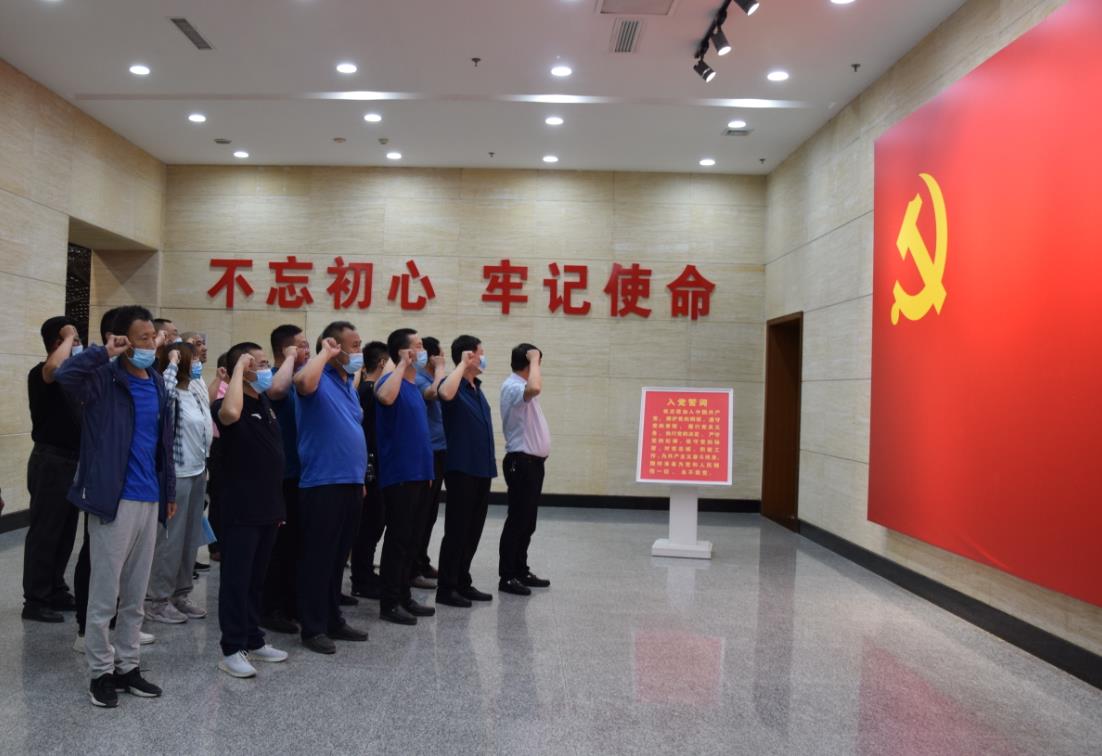
The ancient Xikou Ford has developed into a prosperous city that now serves as the county seat of Hequ. MA LIMING / FOR CHINA DAILY

Xikou, or Western Pass, is one of the most storied places in Shanxi, being a symbol of departure when the ancient Shanxi merchants or Jinshang started their northwestward trips to regions afar.
Shanxi has been known for its historical commercial tradition developed by the famed Jinshang businesspeople. It is said Shanxi's merchants dominated commercial circles in North China for about 500 years since the Ming Dynasty (1368-1644).
However, many of these successful merchants started as small vendors wandering outside Shanxi, with their travels extending as far as Russia.
As the Western Pass was always their last stop in Shanxi, it has stood as a silent witness to farewells between merchants and their loved ones.
The pathos of departure has touched the hearts of many Shanxi locals through the popular folk song Out of the Western Pass, with lyrics that go:
"When you started your trip out of the Western Pass, my dear, I know there's no way to hold you back…"
However, it might be an effort in vain for any tourist to find where the exact location of the Western Pass is.
In the northwest of Shanxi, a number of Great Wall passes and several ferry crossings along the Yellow River are claimed to be the Western Pass.
The ancient Xikou Ford by the Yellow River in Hequ county is one of the claimed legendary locations.
The history of the Xikou Ford can be traced back to the Han Dynasty (206 BC-AD 220) and its ferry service business flourished in the Ming and Qing (1644-1911) dynasties with the prosperity of Shanxi merchants, who used it as a major hub for cargo transportation, according to Ren Junwen, curator of Hequ County Museum.
With the development of modern transport means like highways and railways, Ren said the ferry business was put to an end decades ago, leaving the ford and its neighborhood as a large park for local residents to relax in.
At the center of the park is the River God Temple built in the Ming Dynasty, with an opera stage standing opposite its entrance.
"There were a lot of performances on the stage in the olden days. People hired folk opera troupes to perform when they held celebrations for the river god or sent off their relatives to do business overseas," Ren said.
There are Qing Dynasty murals on the walls of the temple, describing the local customs.
One picture on a wall depicts the tradition of floating lanterns on the river to celebrate Zhongyuan Festival.
Zhongyuan, celebrated on the 15th day of the seventh lunar month, is a festival paying tribute to deceased family members and ancestors.
"People set the lanterns afloat on the river and watch them float afar, as if seeing off their beloved ones on a trip with no return," Ren said.
By YUAN SHENGGAO
 山西路桥:党建引领 建好“四好农村路”山西路桥建设集团党委扎实开展“党建质量提升年”,实施“六大工程”,立足“十四五”高质量、高速度、高效益发展的战略基点,全面提高党建质量和党建引领发展水平,为打造“国内一流的交通基础设施投资、建设、施工现代化企业集团”提供坚强政治保障。
山西路桥:党建引领 建好“四好农村路”山西路桥建设集团党委扎实开展“党建质量提升年”,实施“六大工程”,立足“十四五”高质量、高速度、高效益发展的战略基点,全面提高党建质量和党建引领发展水平,为打造“国内一流的交通基础设施投资、建设、施工现代化企业集团”提供坚强政治保障。
 常住人口3491万 山西人口普查数据"出炉"山西省统计局向社会通报山西省第七次全国人口普查主要数据。数据显示,山西省常住人口为34915616人,比2010年(第六次全国人口普查数据,下同)减少2.23%,年平均减少0.23%。山西省常住人口总量减少,主要受人口流动变化等因素影响。
常住人口3491万 山西人口普查数据"出炉"山西省统计局向社会通报山西省第七次全国人口普查主要数据。数据显示,山西省常住人口为34915616人,比2010年(第六次全国人口普查数据,下同)减少2.23%,年平均减少0.23%。山西省常住人口总量减少,主要受人口流动变化等因素影响。